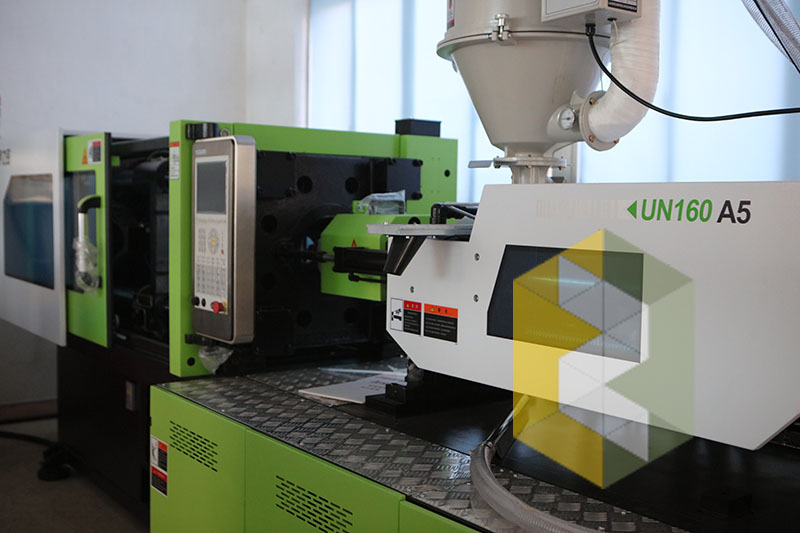Plastic Injection molding parts, also known as injection molding, is a method of injection molding and molding. The advantages of injection molding method are high production speed, high efficiency, automation of operation, variety of patterns, shape from simple to complex, size from large to small, and the product size is accurate, the product is easy to update, and can form complex shape parts. Injection molding is suitable for mass production and complex shape products and other molding processing fields.
At a certain temperature, the fully melted plastic material is stirred by a screw, injected into the mold cavity with high pressure, and then cooled and solidified to obtain the molded product. This method is suitable for mass production of complex shape parts and is one of the important processing methods.
temperature control
Injection molding equipment and mold
1. Barrel temperature: the temperature to be controlled in the injection molding process includes barrel temperature, nozzle temperature and mold temperature. The first two temperatures mainly affect the plasticization and flow of plastics, while the latter mainly affects the flow and cooling of plastics. Each kind of plastic has different flow temperature. Because of different sources or brands, the flow temperature and decomposition temperature of the same plastic are different. This is due to the difference of average molecular weight and molecular weight distribution. The plasticizing process of plastics in different types of injection machines is also different, so the selection of barrel temperature is also different.
2. Nozzle temperature: the nozzle temperature is usually slightly lower than the maximum temperature of the barrel, which is to prevent the molten material from salivating in the straight through nozzle. The temperature of the nozzle should not be too low, otherwise the nozzle will be blocked due to the early solidification of the melt, or the performance of the product will be affected due to the injection of the early setting material into the mold cavity.
Mold temperature: mold temperature has great influence on the internal performance and apparent quality of products. The mold temperature is determined by the crystallinity of the plastic, the size and structure of the product, the performance requirements, and other process conditions (melt temperature, injection speed and injection pressure, molding cycle, etc.)

pressure control
In the process of injection molding, the pressure includes plasticizing pressure and injection pressure, which directly affects the plasticization of plastics and the quality of products.
Plasticizing pressure: (back pressure) when screw type injection machine is used, the pressure on the top of screw when the screw rotates backward is called plasticizing pressure, also known as back pressure. This pressure can be adjusted by the relief valve in the hydraulic system. In the injection process, the plasticizing pressure changes with the screw design, the product quality requirements and the types of plastics. If these conditions and the screw speed remain unchanged, increasing the plasticizing pressure will strengthen the shear effect, that is to say, it will increase the melt temperature, but it will reduce the plasticizing efficiency, increase the countercurrent and leakage flow, and increase the driving power.
In addition, increasing the plasticizing pressure can make the temperature of the melt even, the color mixture is even and the gas in the melt is discharged. commonly
Pressure curve in injection molding
In operation, the plasticizing pressure should be determined on the premise that the product quality is good, the lower the better. The specific value varies with the type of plastic used, but it is rarely more than 20 kg / cm2.
2. Injection pressure: in the current production, the injection pressure of almost all injection machines is based on the top of plunger or screw
The applied pressure (converted from the oil circuit pressure) shall prevail. The role of injection pressure in injection molding is to overcome the flow resistance of plastic from the barrel to the cavity, give the rate of filling and compact the molten material.





